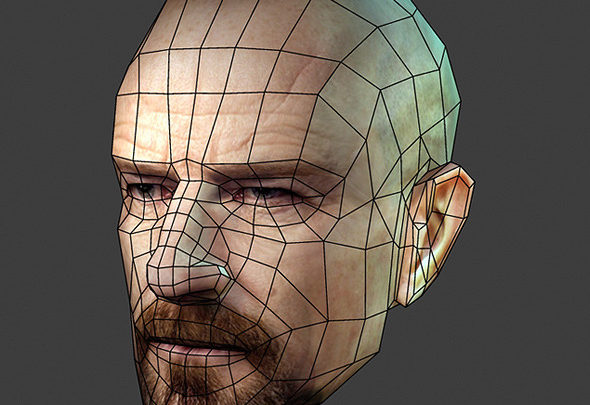
Three-dimensional (3-D) modeling is a sub-discipline within graphic design that focuses on creating 3-D renderings of any kind of object. Normally, when you say 3-D modeling, people think video games and special effects, but their applications go beyond that. In fact, 3-D modeling is used in pretty much every aspect of our modern digital lives, from the ads we see to the media we consume.
For the most part, most large companies rely on an in-house graphic design team for all their media needs, whether it be 2D or 3-D. However, even startups are starting to get in on the action, with outsourced 3-D modeling services available for even the quaintest companies.
It’s safe to say that there’s almost no way we can imagine the modern world as we know it today without 3-D modeling, but where else is 3-D modeling used? We take a look at some of the ways 3-D modeling has revolutionized a particular industry and why it’s a good idea for any company that deals with clients to value 3-D modeling.
Interior Design
Interior designers have been relying on 3-D modeling since the tech became available, and for good reason: it allows them to show clients the most hyper-realistic rendering of their vision. Sure, sketches go a long way in showing a client how a particular piece of furniture would look like in their home, but actually having a 3-D model of their living room with that furniture (complete with a miniature version of themselves) is so much more convincing.
As 3-D modeling software gets more complex and more realistic, interior designers are slowly incorporating 3-D modeling and other graphic design elements into their essential skillset.
3-D Printing
A relatively new technology, 3-D printing is the process of “printing” a 3-D object into real-life using a specialized printer that pumps out special polymers and plastics to recreate a 3-D rendering. The better the 3-D model, the better the finished product is going to be. With more advanced 3-D modeling software, the 3-D printing industry has grown from a niche market into a multimillion-dollar business sector that’s seeing applications from pretty much everything from toys, construction, furniture, automobile manufacturing, and even in the creation of sensitive military equipment.
Basically, with the right artist using the best 3-D modeling software and the latest 3-D printer can create practically anything their hearts desire.
Architecture
Much like in interior design, 3-D modeling is also extensively used in architecture as it allows both architects and clients to fully visualize the building they’ll be working on. Combined with 3-D printing, architects can leverage both technologies to render and then recreate working scale models of the projects they’re working on to present to clients and give them a better understanding of what the building will look like and give them a general feel of what it’d be like to walk around it.
The possibilities of 3-D modeling are practically endless. They can be used not just to create gorgeous visuals for clients but also to give your company a better grasp of certain concepts that might otherwise not be captured by your run-of-the-mill slide presentation.
www.delreport.com







